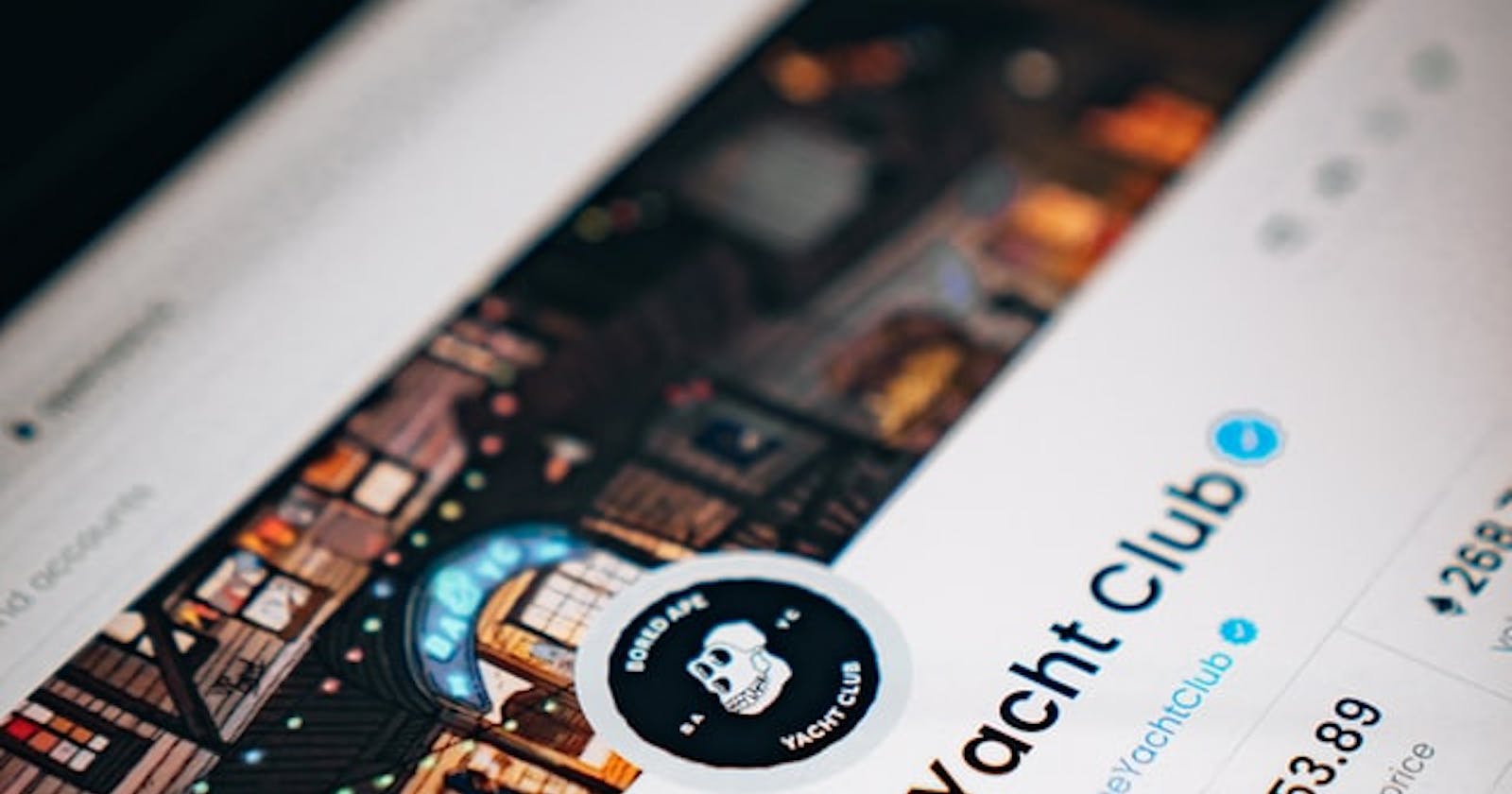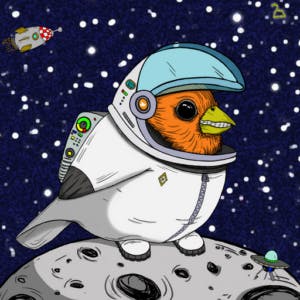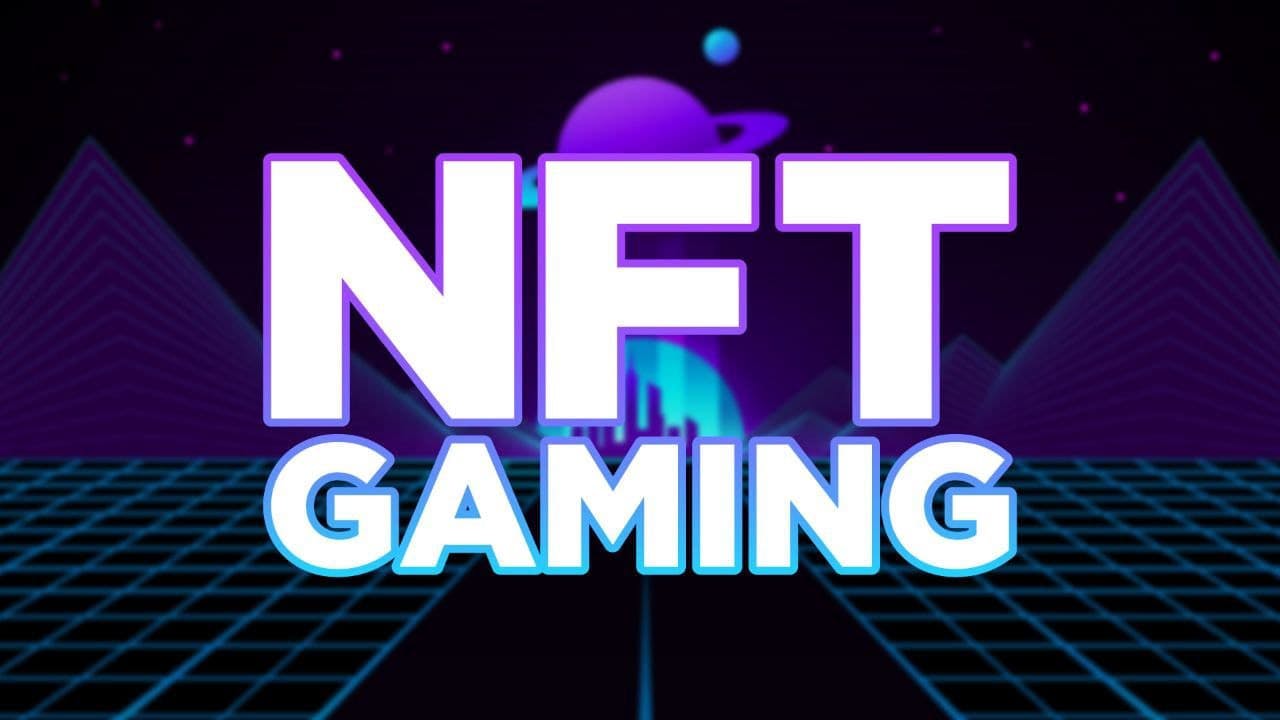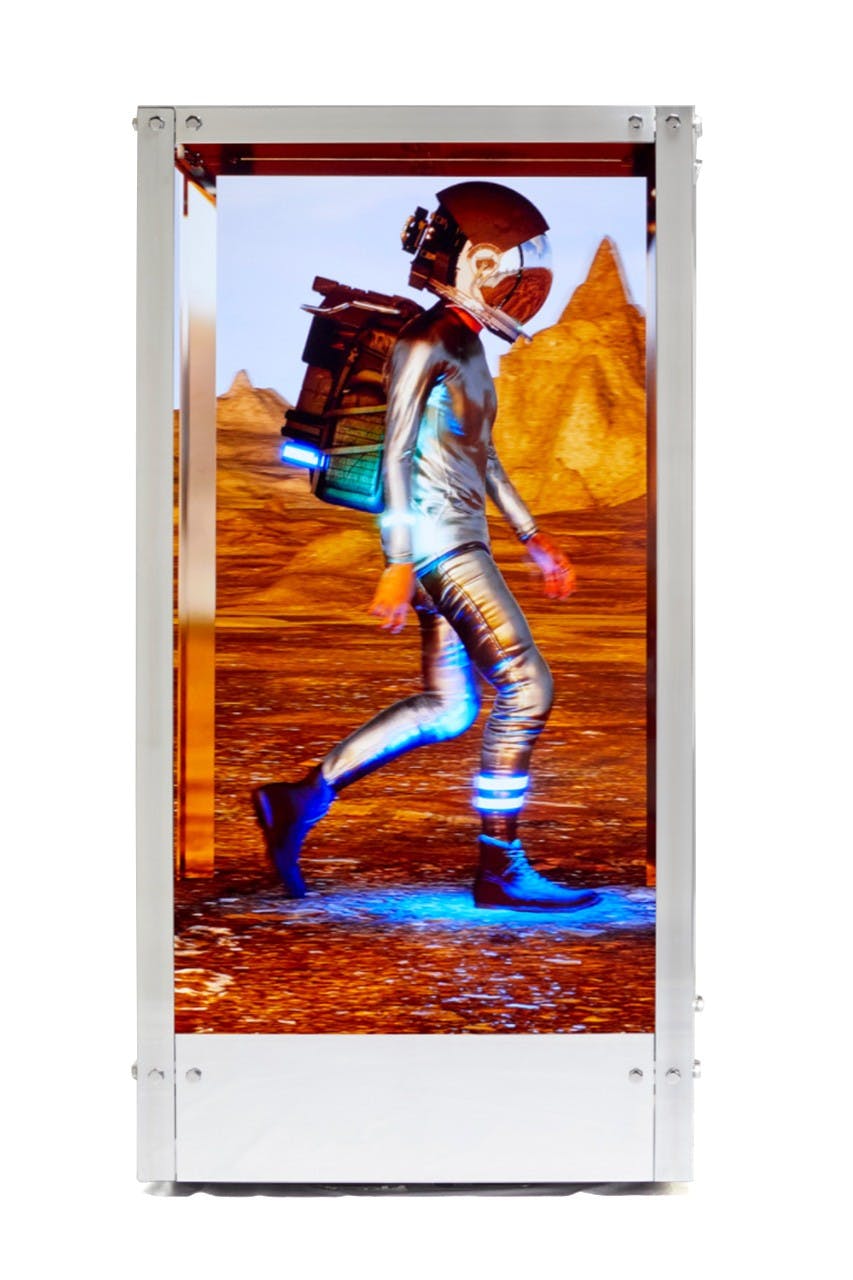In the first part of this guide, we explained the concept of fungibility, the difference between Fungible and Non-Fungible Tokens, and the history of NFTs. For this second guide, we will look into Ethereum ERC Standards, NFTs Metadata, Use Cases of NFTs, and top NFT projects so far.
Ethereum ERC Standards
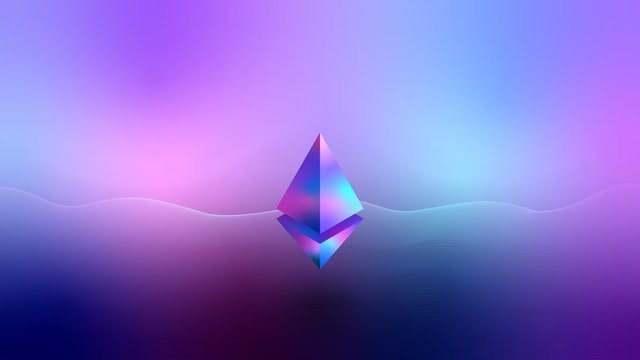 Photo by Nenad Novaković on Unsplash
Photo by Nenad Novaković on Unsplash
Most NFTs are built on the Ethereum blockchain because it has the infrastructure and the market adoption to support these projects. These infrastructures are usually referred to as ERC standards, the ERC meaning Ethereum Requests for Comments.
ERCs are documents that contain sets of rules that smart contract programmers must follow when building on the Ethereum blockchain. Developers who write these documents go through the Ethereum Improvement Proposal process, where members of the community review the proposal and comment on it before it is accepted, finalized, and implemented by Ethereum developers.
Ethereum supports several ERC standards, but two of these standards are mainly used for developing Fungible and Non-Fungible Tokens; they are ERC-20 and ERC-721.
The ERC-20 introduces a standard for Fungible Tokens, in other words, they have a property that makes each token the same(in type and value) as another Token. For example, an ERC-20 Token acts just like ETH, meaning that 1 Token is and will always be equal to other tokens. — ethereum.org
This illustrates that projects built with this standard will have the properties of a fungible asset. They will be interchangeable, divisible, uniform, and destructible(burnt).
The ERC-721 standard is the set of rules that allows for the creation of Non-Fungible Tokens(NFTs). Projects such as Cryptokittes and the Bored Ape Yacht Club were built with this standard, making each item in the collection unique, non-interchangeable, indivisible, and indestructible. These represent the properties of non-fungible assets that the ERC-721 standard was created to support.
The ERC-1155 ERC standard supports managing multiple token types on the same smart contract. It was first developed in June 2017 by Witek Radomski, the CTO, and co-founder of a blockchain development company called Enjin but implemented on the Ethereum network a year later. The ERC-1155 standard supports both Fungible and Non-Fungible tokens and can perform both functions even at the same time. It is stated on ethereum.org that the ERC-1155 improves the functionality of both standards(ERC-20 and ERC-1155), making it more efficient, and correcting implementation errors on the ERC-20 and ERC-721(medium.com/alphawallet/epic-fail-the-conseq..) standards.
NFT Metadata
 Photo by Ferenc Almasi on Unsplash
Photo by Ferenc Almasi on Unsplash
NFTs metadata refers to the content and description of the content stored on the blockchain contract. For an NFT image, the metadata is the image and information describing the image, such as the name, description, and image attributes.
NFTs metadata is not stored on the blockchain because it is expensive to store data on the blockchain. An image may occupy between 3MB to 20MB, while video contents will occupy over 1GB. An estimate by Gemini stated that simply storing 1GB of data on the Ethereum blockchain costs 17,500 ETH ( or $49.5 million as of April 2022).
Metadata is therefore stored off the blockchain. It could be a website managed by the creator or centralized servers like Google Drive or AWS though it is not usually a great idea because these services can be taken down anytime, or your account could be suspended. It is recommended to store metadata on the Interplanetary File System(IPFS). It is a peer-to-peer filesharing system and is decentralized like the blockchain.
NFTs have been generalized to mainly Crypto Arts, but there’s more to NFTs than art. Next, let's look at the use cases of NFTs.
Use Cases of NFTs
DeFi NFTs
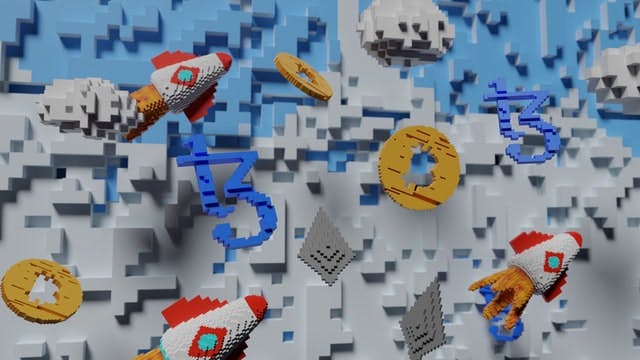 Photo by Shubham Dhage on Unsplash
Photo by Shubham Dhage on Unsplash
DeFi, which stands for decentralized finance, refers to financial services that function without the need of a middleman. DeFi NFTs refer to products that merge the concepts of DeFi and NFTs. NFT staking is an innovation that combines DeFi and NFTs, platforms such as Splinterlands, NFTX, and Doge Capital allow users to stake their NFTs to receive rewards, either in form of its tokens or any other tokens. These tokens can be swapped with others, such as ETH on Automated Market Makers, where there is sufficient liquidity. Giving people the opportunity not to sell or trade their NFTs and still make money on them.
Music NFTs
 Photo by Icons8 Team on Unsplash
Photo by Icons8 Team on Unsplash
Music artists most times do not make a lot from their music, as a majority of the royalties go to producers, marketers, and the people they work with. NFTs allow artists to tokenize an album or a single piece and sell it on the blockchain. They can also earn royalties from secondary sales of the NFTs, putting them in control of the revenue generated. American musician Justin Blau AKA 3LAU, one of the artists who leveraged the NFT technology, sold off his tokenized album for $11.6 million.
Gaming NFTs
The gaming industry is estimated to be worth over $300 billion. Gaming platforms using NFTs have gradually become mainstream with the rise of Axie Infinity, God’s Unchained, The Sandbox, and My Neighbor Alice. Axie Infinity was valued in October 2021 at $3 billion. NFTs games are built to use NFT characters as in-game features. For example, your game avatar could be an NFT, and in-game items like weapons and vehicles could be NFTs on the blockchain. And these NFTs can be traded and exchanged between players. They are generally referred to as play-to-earn games, as players earn while playing. Other use cases are healthcare, digital identity, logistics, ticketing, and real estate. This list is in no way exhaustive.
Top 3 Most Expensive Projects.
 Photo by Jingming Pan on Unsplash
Photo by Jingming Pan on Unsplash
The Merge: $91.8 million
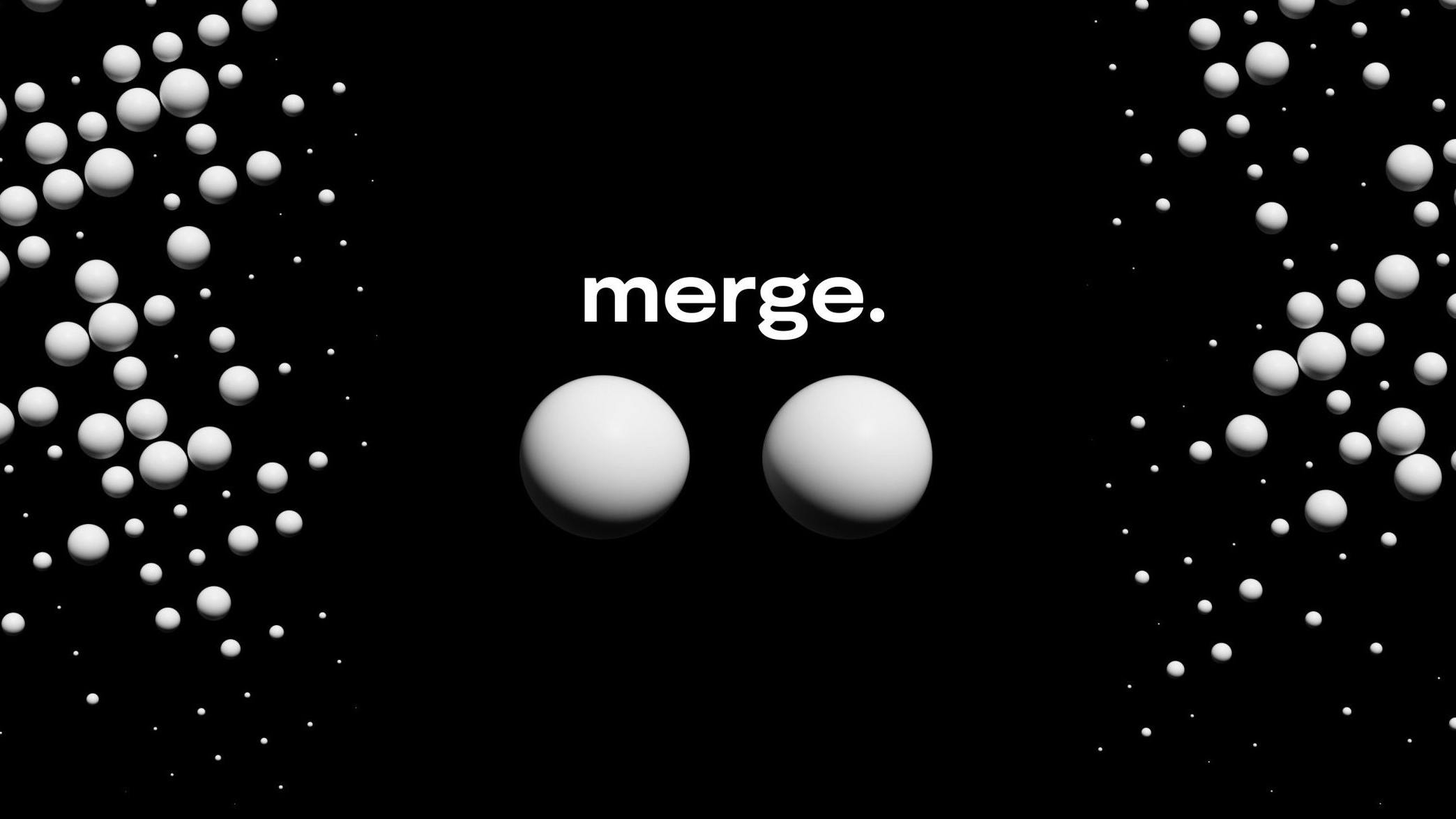
28,983 collectors spent $91,806,519 to purchase 312,686 of mass which was merged to create unique NFTs for each mass collector based on the number of nftnow.com/art/pak-merge-nifty-gateway-reco.. collected. It was sold on Nifty Gateway by digital artist Pak.
Everyday — The First 5000 Days: $69.3 million.
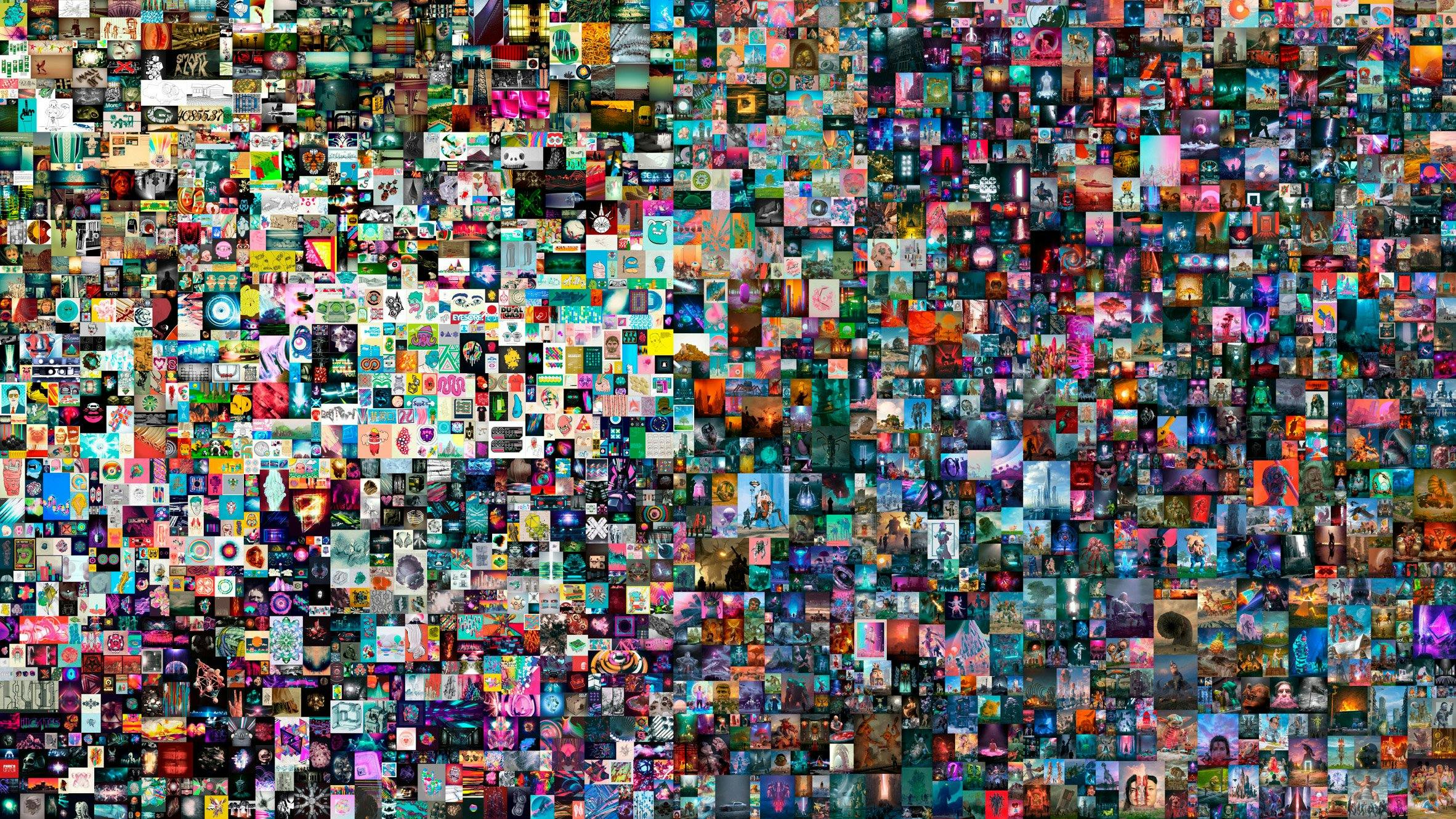 Beeple’s collage, Everydays: The First 5000 Days, sold at Christie’s. Image: Beeple
Beeple’s collage, Everydays: The First 5000 Days, sold at Christie’s. Image: Beeple
The First 5000 Days represents a series of artworks produced by American graphic designer Mike Winkelmann, popularly known as Beetle, from May 2007 to 2020. It was sold through the auction house Christie on February 21, 2021.
Human One: $28.9 million.
This NFT is a hybrid and physical artwork by the same creator of Everyday: The First 5000 days, Mike Winkelmann. It is a kinetic video sculpture with a corresponding dynamic generative NFT, designed to continuously display artwork that will evolve. It was sold again through Christie’s on November 9, 2021.
Further Readings:

